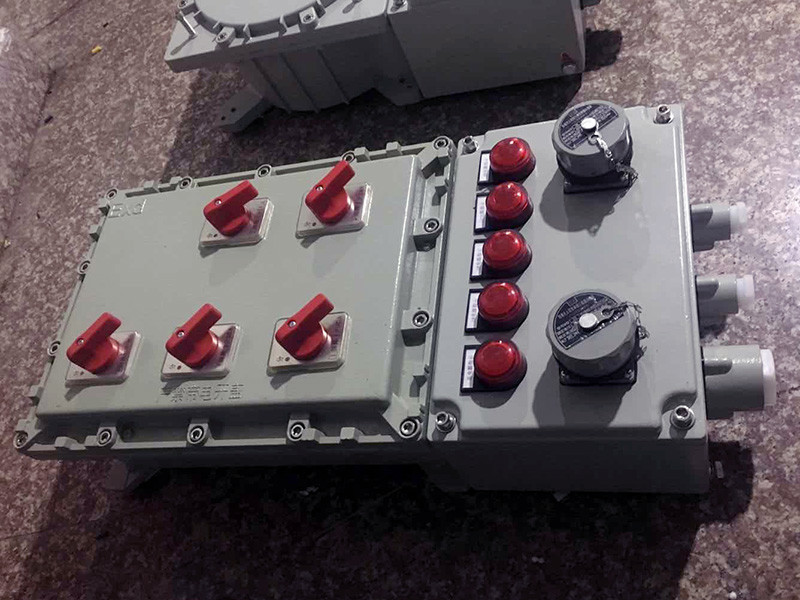1. Verify that the data on the electrical equipment’s nameplate aligns with the connection voltage and capacity of the machinery.

2. Ensure the equipment’s external structure is intact, and its explosion-proof performance is up to standard.
3. Check for any internal damage to the equipment.
4. Confirm that all inspection records and acceptance procedures are complete and available.
Explosion-proof equipment should be considered non-compliant if it exhibits any of the following issues: newly received explosion-proof equipment lacking explosion-proof markings, production license number, explosion-proof certification, inspection certification, or a delivery acceptance form for explosion-proof equipment. Additionally, if the equipment has lost its explosion-proof capabilities and cannot be restored to meet explosion-proof standards even after repair, it should be regarded as non-explosion-proof.
 Shenhai Explosion-Proof
Shenhai Explosion-Proof
